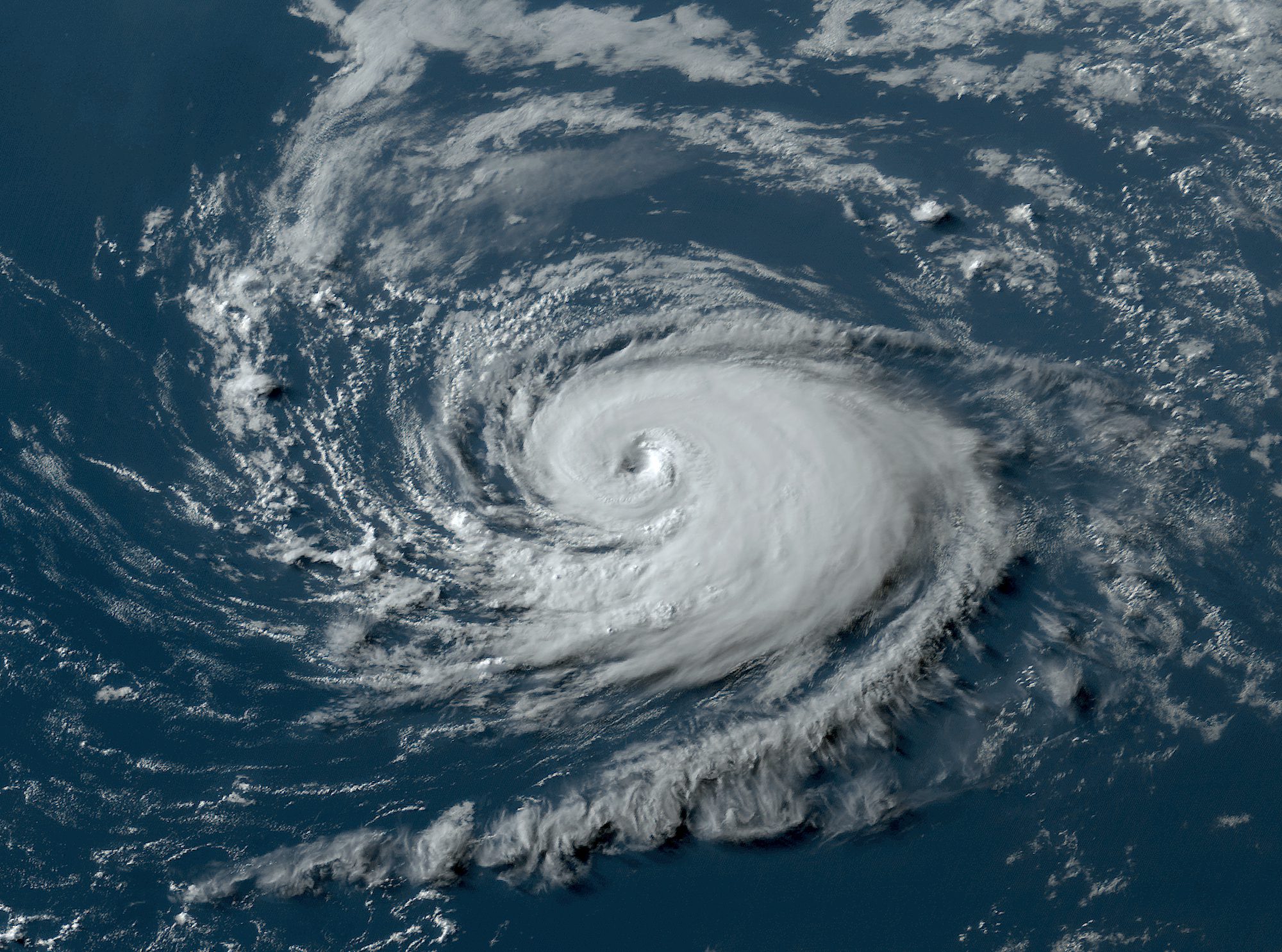Forecasters at the National Oceanic and Atmospheric Administration (NOAA) are predicting an increased likelihood of an above-average 2023 Atlantic hurricane season as record-warm Atlantic sea surface temperatures are likely to counterbalance the usually limiting atmospheric conditions associated with the ongoing El Nino event.
The mid-season update comes as the Atlantic hurricane season is about to enter into its most active months.
NOAA’s Climate Prediction Center’s updated outlook increased their prediction for the 2023 Atlantic hurricane season from near-normal to above-normal, with 60% confidence. This compares to the previous outlook issued in May, which predicted a 30% chance of an above-average season. The updated outlook predicts a 25% chance of near-normal activity and a 15% chance of a below-normal season, down from the previously predicted 40% chance of near-normal activity.
NOAA’s 2023 hurricane outlook now predicts 14-21 named storms, 6-11 hurricanes, and 2-5 major hurricanes with 70% confidence, including storms that have already formed this season.
The Atlantic basin has had an active start to the hurricane season with five storms reaching at least tropical storm strength, including one hurricane. An average season produces 14 named storms, seven of which become hurricanes, including three major hurricanes.
“The main climate factors expected to influence the 2023 Atlantic hurricane activity are the ongoing El Nino and the warm phase of the Atlantic Multi-Decadal Oscillation, including record-warm Atlantic sea surface temperatures,” said Matthew Rosencrans, lead hurricane season forecaster with NOAA’s Climate Prediction Center. “Considering those factors, the updated outlook calls for more activity, so we urge everyone to prepare now for the continuing season.”
Ongoing El Nino conditions are expected to continue through the Northern Hemisphere winter, which typically results in atmospheric conditions that limit tropical activity during the Atlantic hurricane season. However, these limiting conditions have been slow to develop this season, and may not be in place for much of the remaining hurricane season.
The updated outlook also takes into account a below-normal wind shear forecast, slightly below-normal Atlantic trade winds, and a near- or above-normal West African Monsoon.

 Join The Club
Join The Club











